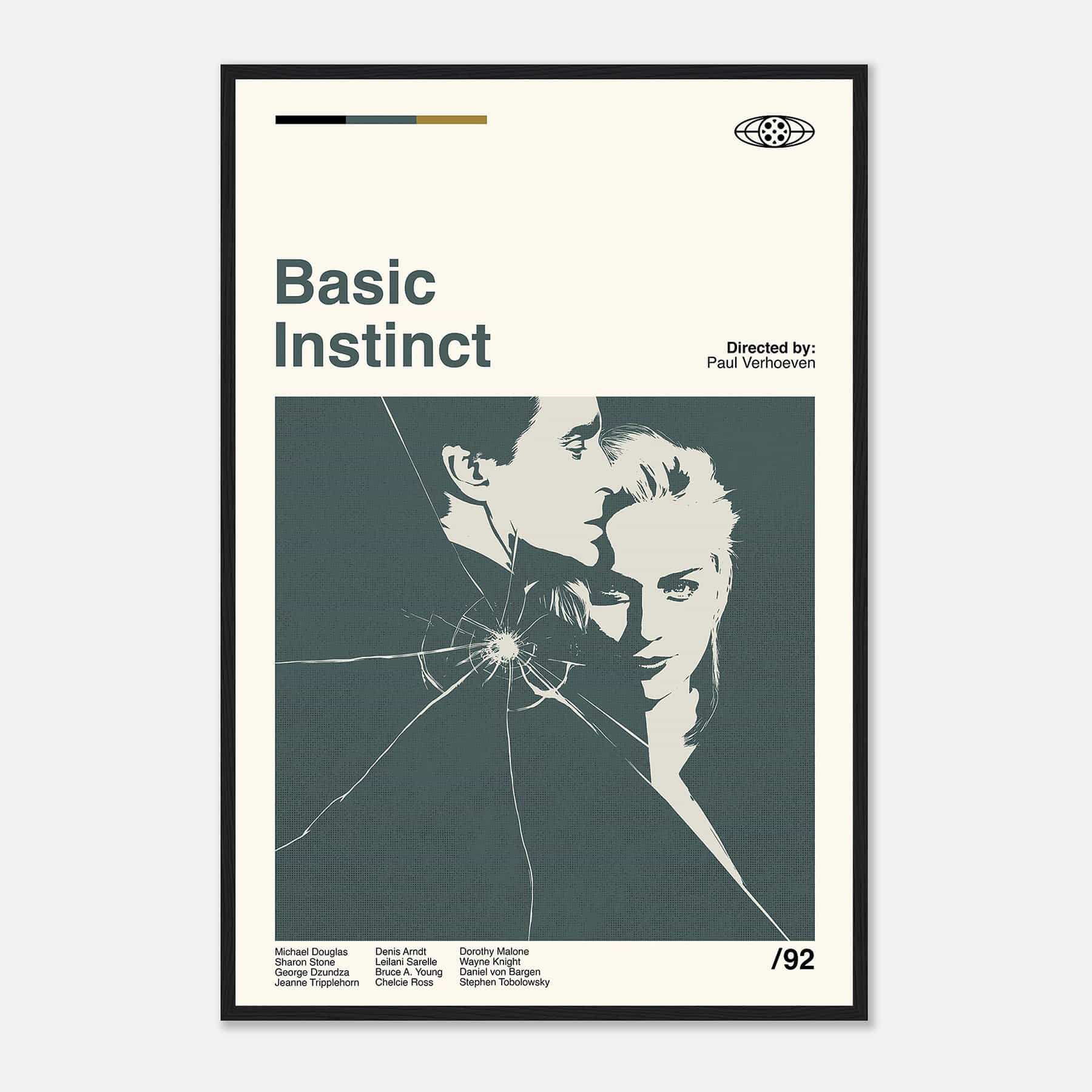Have you ever stopped to think about what truly lies at the very start of things, the foundational elements that shape so much of our world? It’s a bit like a deep-seated pull, a kind of primal drive to understand the simplest parts before anything gets complicated. This idea of what's "basic" shows up in all sorts of places, from how we build computer programs to the everyday tools we use, and even in big ideas about how society might work. We're going to explore this fundamental concept, looking at different ways the word "basic" pops up and what it really means for us.
You see, the word "basic" itself carries a lot of weight, suggesting something that's a starting point, or perhaps something that's just absolutely necessary. It’s the ground floor, the very first step, the core idea before all the bells and whistles get added on. Sometimes, what was considered "basic" long ago might seem a bit clunky to us now, but it was absolutely essential for getting to where we are today, so.
In a way, this exploration is about looking at that almost instinctive urge we have to simplify, to get back to the bare essentials, whether we are talking about a computer language from way back when or the skills someone needs to just get by. It’s a fascinating journey into what makes things tick at their most fundamental level, and how those foundational pieces have grown and changed over time, you know?
Table of Contents
- What Was "Basic" Like in the Early Days?
- How Did Visual Basic Shape Things?
- Where Else Do We See the "Basic" Idea?
- Why Do People Often Prefer the "Basic"?
- The Unseen Foundations of Systems
- Tackling Common "Basic" Troubles
- Documenting the "Basic" Details
- Looking Ahead at Foundational Concepts
What Was "Basic" Like in the Early Days?
So, when folks like Dijkstra, a rather important figure in computer science, spoke about "basic," they were really thinking about a language from a very, very old time. Picture something akin to the programming you might have done on a really old game console, like the Xiaobawang. This wasn't the sleek, smooth experience we know today, not at all.
This early version of BASIC, which stands for Beginner's All-purpose Symbolic Instruction Code, was quite different. It was full of commands like GOTO, which would send your program jumping around in a rather unpredictable way. Every single line of code needed a number, and once you filled up all the available numbers, well, you just couldn't put anything new in, which was a bit of a headache, you know?
Variables, the little containers for information in your program, had very strict rules about what you could name them. And there was no way to work with pointers or to grab memory as your program ran, things that are pretty standard now. These limitations meant that while it was a starting point, it just wasn't up to the task of building anything big or complicated. It was, arguably, a simpler time for coding, but also a more restrictive one, in a way.
The Programming Basic Instinct Basic Instinct of Yesteryear
Thinking about this old BASIC, it really shows us a kind of programming basic instinct basic instinct that was all about getting started, about making computing accessible to more people. It was about creating a language that was, well, basic enough for beginners to pick up without too much trouble. This simplicity was its strength, allowing many to take their first steps into the world of writing code, even with its quirks.
The designers of this language had a clear goal: to make something straightforward. They weren't trying to create a tool for building massive software systems; they were aiming for something that could teach the fundamental ideas of how computers work. And, in that respect, it certainly did its job, you see.
It's interesting to consider how this early approach, with its focus on simplicity and directness, laid some of the groundwork for everything that came after. Even with all its limitations, it satisfied a need for a very direct way to tell a machine what to do, reflecting a sort of foundational drive to interact with technology, naturally.
How Did Visual Basic Shape Things?
Now, moving forward a bit, the BASIC language family really saw its fortunes rise and fall with something called Visual Basic, or VB. This was a rather clever move at the time, because VB picked a very appealing path: creating graphical programs for personal computers. Back then, around the turn of the century, this was quite a big deal, a very forward-thinking way to make computer programs.
Because it was so good at making these easy-to-use programs with buttons and menus, all sorts of experienced software creators, not just people just starting out, began to use it. It really took off, showing how a language initially meant for beginners could find a much wider audience, which is pretty cool, honestly.
The success of VB was huge, but its eventual decline also came from this very popularity. It became so widespread that its limitations eventually caught up, especially as the world of computing moved on to new ways of building things. So, it had its moment in the sun, a very bright moment indeed, and then things changed, as they often do, anyway.
Visual Basic for Applications - A Practical Basic Instinct
Part of the VB story also includes Visual Basic for Applications, or VBA. This is something many people still come across, especially if they spend time working with programs like Excel. It's basically a way to add custom features and automate tasks within those applications, a very handy tool for making your work life a bit easier, you know?
For example, you can use VBA to build a simple calculator right inside Excel, perhaps for figuring out loan payments. It’s about taking those core "basic" programming ideas and putting them to work in a very direct, useful way for everyday problems. This capability allows people who might not be full-time programmers to still get a lot done with code, which is pretty neat.
The beauty of VBA is its accessibility. It provides a straightforward path for people to create custom solutions without needing to learn a whole new, complex programming environment. It’s almost like it taps into a practical basic instinct, the desire to make tools do exactly what you need them to do, quickly and efficiently, as a matter of fact.
Where Else Do We See the "Basic" Idea?
The word "basic" isn't just about computer languages, of course. It pops up in many different areas, always pointing to something fundamental or preliminary. For instance, when we talk about someone's "basic skills," we mean those foundational abilities like reading, writing, and being able to talk to others effectively. If someone hasn't quite got a good handle on these, it makes everything else a lot harder, doesn't it?
Then there's the idea of Universal Basic Income, or UBI. This is a concept where everyone gets a regular payment, just enough to cover their most essential needs, without any strings attached. Andrew Yang, a political figure in the United States, brought this idea to the forefront as part of his political platform. It's a big discussion about what people need at a very core level to live, and whether society should provide that, so.
We also see "basic" in technical descriptions, like when your computer might show a "Microsoft basic display adapter." This usually means the system has loaded a very general driver, just enough to get a picture on your screen, but not the specific one that makes your graphics card work its best. It's the bare minimum to function, you see, a starting point before you get the proper setup, in a way.
Finding the Core - Our Basic Instinct for Essentials
Even in the world of medical devices, there's something called a Basic UDI-DI. This is a special identification code that appears on important paperwork, like applications to official bodies, certificates, and technical documents. But here's the interesting part: you won't find this code printed directly on the product itself. It's a foundational piece of information for tracking and regulation, but it stays in the background, more or less.
This shows how the "basic" often refers to the core information or the essential starting point that supports everything else, even if it's not immediately visible. It’s like the backbone of a system, absolutely vital but not always what you see on the surface. This tendency to organize things around core identifiers seems to be a kind of basic instinct for order and clarity, don't you think?
From skills to income to product identification, the concept of "basic" keeps showing up as that essential, underlying layer. It highlights our collective need to establish a firm foundation before building anything more complex, a very human way of approaching things, naturally.
Why Do People Often Prefer the "Basic"?
It's quite interesting to consider why some people, particularly those who were using Visual Basic 6, were so content with its performance. They felt like a bus driver, finishing their work around 5 PM, or even 4:30 PM on a really nice day, and getting to go home. They weren't stuck working until midnight; they had their weekends free to spend with their loved ones. This suggests a very strong preference for a predictable, manageable work life, a kind of basic instinct for balance, you know?
This contentment wasn't about the language being the most cutting-edge or complex. It was about it being a tool that allowed them to do their job well without demanding every waking moment. It speaks to a very human desire for simplicity and a good quality of life, something that sometimes gets lost in the chase for the newest, most advanced tools, arguably.
Think about the very first personal computer, the Altair. Bill Gates wrote BASIC for this machine, and it didn't even have a display screen! Yet, this computer was incredibly influential. It was featured in a magazine called "Popular Electronics," and that advertisement caught Bill's eye, leading to that famous BASIC program. This shows how even the most basic beginnings, without all the fancy bits, can spark something truly remarkable and satisfy a fundamental need for computation, as a matter of fact.
The Unseen Foundations of Systems
When we look at how complex systems are put together, like the Transformer architecture used in language translation, we're really looking at layers built upon foundational ideas. Even a simple example, like translating "Je suis etudiant" from French to English, relies on a very intricate, yet fundamentally structured, underlying system. This illustrates how even the most advanced technology has its roots in basic, organized components, so.
Consider the mission of Zhihu, a popular question-and-answer platform in China. Its brand mission is to help people share knowledge, experiences, and insights, and to find their own answers. This is, at its heart, about facilitating a very basic human need: the exchange of information and the pursuit of understanding. It’s a foundational goal that drives the whole platform, naturally.
These examples show that whether it's the structure of a sophisticated AI model or the purpose of a large online community, there's always a core, basic idea that everything else builds upon. It’s about creating a solid base from which complexity can emerge, a principle that applies to so many areas, in a way.
Tackling Common "Basic" Troubles
Sometimes, the "basic" things are also the source of common frustrations. For instance, imagine you've just put a new operating system on your computer, and when you check your graphics card, it just says "Microsoft basic display adapter." This can be a bit annoying because you know your laptop has a proper graphics card, but the system isn't recognizing it fully. It's a basic setup, but not the optimal one, and you really want to fix that, you know?
Another common issue can pop up with software installations. You might try several different installation files, and still, the same problem keeps appearing. People might tell you to change your whole computer system, but that's a huge hassle, especially if you have a lot of important files. This kind of problem, where a basic installation step goes wrong, can be quite a headache, to be honest.
And then there are those moments when a tool you rely on, like the Visual Basic editor in Excel, suddenly appears grayed out, meaning you can't use it. This often comes down to a basic installation problem, like the Visual Basic for Applications component not being put in properly. It's a simple fix, but figuring it out can be a bit of a challenge if you don't know where to look, as a matter of fact.
Documenting the "Basic" Details
In the world of academic writing, even the seemingly small details matter a lot. For example, in a graduation paper's list of references, you might see codes like "[sl]" or "[sn]." These are little markers that tell you something basic about the source: "[sl]" means the place where it was published isn't known, and "[sn]" means the publisher isn't known. These seemingly small pieces of information are actually quite important for keeping track of where ideas come from, so.
Similarly, with the Basic UDI-DI we talked about earlier, it's all about making sure that fundamental information is recorded in the right places. It shows up in official documents like applications for regulatory approval, certificates from official bodies, and declarations of conformity. This attention to documenting the basic facts ensures that products can be properly identified and tracked, which is a very important part of how things are managed, naturally.
These examples highlight how even the most basic pieces of information, whether about a publication or a product, play a crucial role in larger systems of organization and verification. It's about ensuring that the foundational data is always there, even if it's not always front and center, more or less.
Looking Ahead at Foundational Concepts
The discussion around Universal Basic Income, or UBI, is a great example of how we continue to think about what's truly "basic" for human well-being. It asks a very fundamental question about what everyone needs to have a secure life. Debates like this show that our understanding of "basic" needs isn't fixed; it changes as society changes, and we keep looking for new ways to support people at a foundational level, you know?
Even issues with getting a subscription to something like Google One AI Premium, where an account might not meet the "conditions," point to underlying, basic requirements that need to be met before you can access a service. These conditions are the foundational rules that govern how these new technologies are shared and used, arguably.
From the earliest programming languages to modern social policies and digital services, there's a constant return to the idea of what's "basic." It’s about figuring out the core components, the essential building blocks, and the fundamental needs that allow everything else to function and grow. This ongoing exploration of the basic will surely continue to shape our world in many ways, as a matter of fact.
This piece explored the multifaceted nature of "basic," from the early days of programming languages like BASIC and its evolution into Visual Basic for Applications, to its appearance in everyday technical issues and broader societal concepts like Universal Basic Income. We considered how foundational elements are crucial in various systems, including documentation and the underlying structures of advanced technologies. The discussion touched upon why simplicity can be appealing and how basic problems often require a close look at core components.
- Cooper Alan Feel Like Hell Today
- Ren%C3%A9 Charles Angelil
- Wilson Brothers
- Teresa T Wierson
- Dwayne Wade Son


